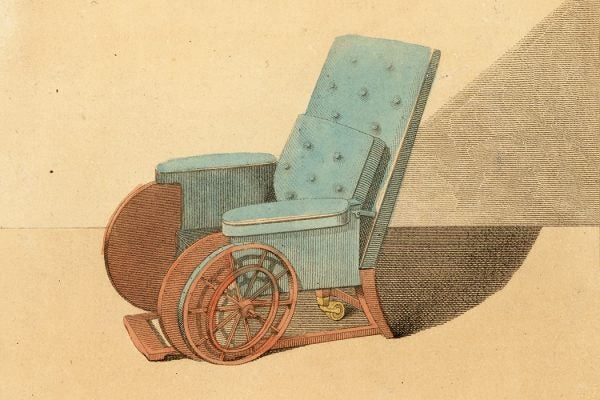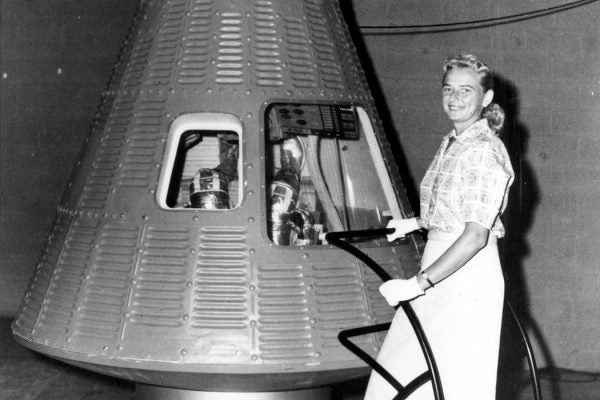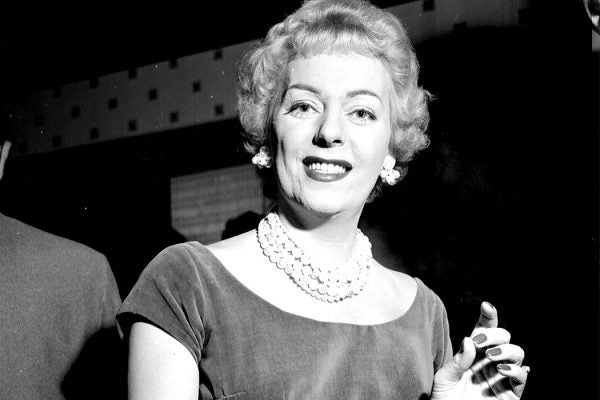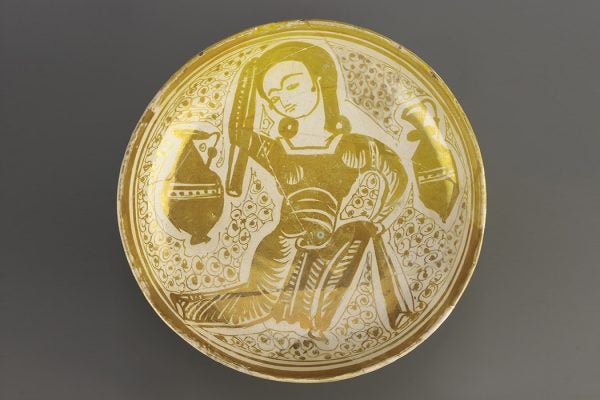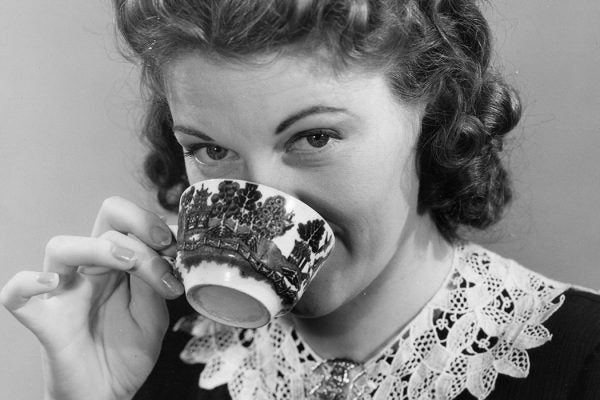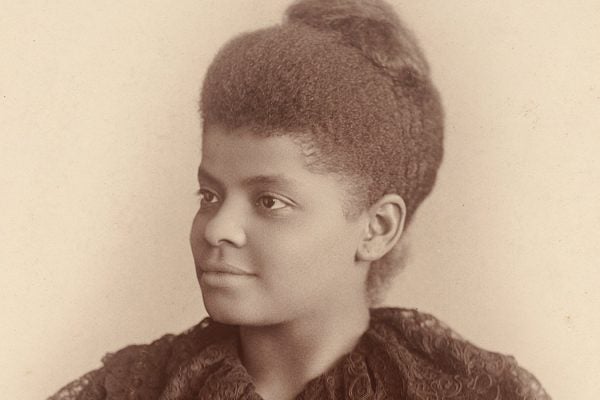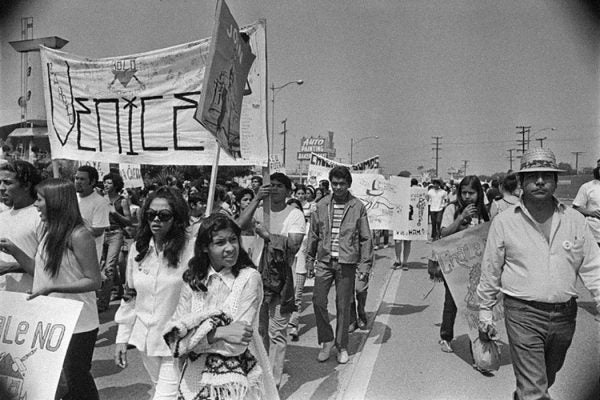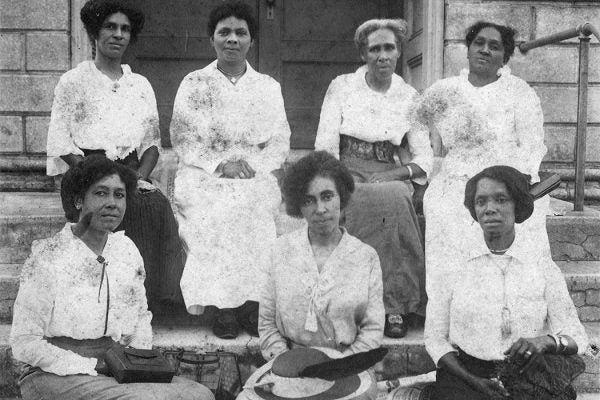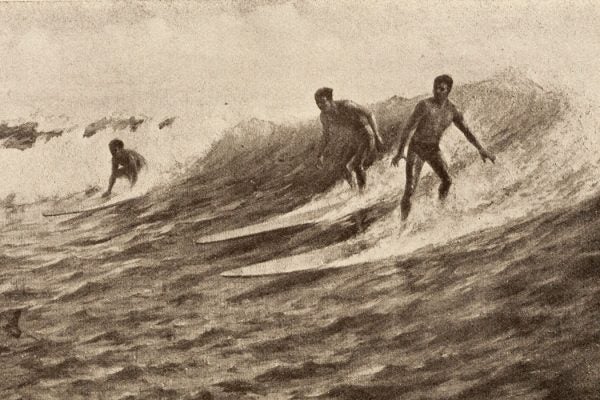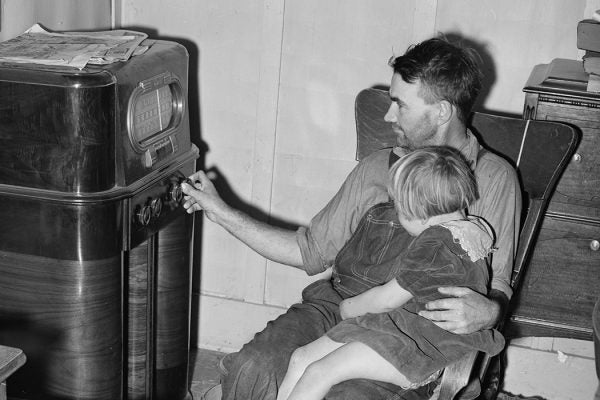The Rise of Disability Stigma
Religion once held sway over how people thought about disability. How did that change with the rise of secularism?
How the Mercury 13 Fought to Get Women in Space
In 1962, the House of Representatives convened a special subcommittee to determine if women should be admitted into NASA’s space program.
A History of Transphobia in the Medical Establishment
At a time when trans people who wanted surgery needed to trust doctors, transphobia made it difficult.
How Medieval Arabic Literature Viewed Lesbians
As far back as the ninth century, doctors and poets wrote about women who loved women without calling them deviants.
The Anxious “China Hunters” of the Nineteenth Century
After the Civil War, some elite women became obsessed with collecting antique china, the better to connect themselves to illustrious histories.
The Alpha Suffrage Club and Black Women’s Fight for the Vote
Black women’s experiences in the suffrage movement show that the Nineteenth Amendment marked one event in the fight for the vote, not an endpoint.
Police Versus the Chicano Moratorium March of 1970
Despite police violence against Chicano demonstrators in Los Angeles, the movement was not deterred.
Women’s Clubs and the “Lost Cause”
Women's clubs were popular after the Civil War among white and Black women. But white clubwomen used their influence to ingrain racist curriculum in schools.
Did White People Really Revive Surfing?
Contrary to the widespread idea that white missionaries stamped out the sport, evidence suggests that Native Hawai‘ians never stopped surfing.
The People Who Thought Farmers Without Radios Were Rubes
In the 1920s, some people thought that the new invention of radio would make American farmers less "backward."
